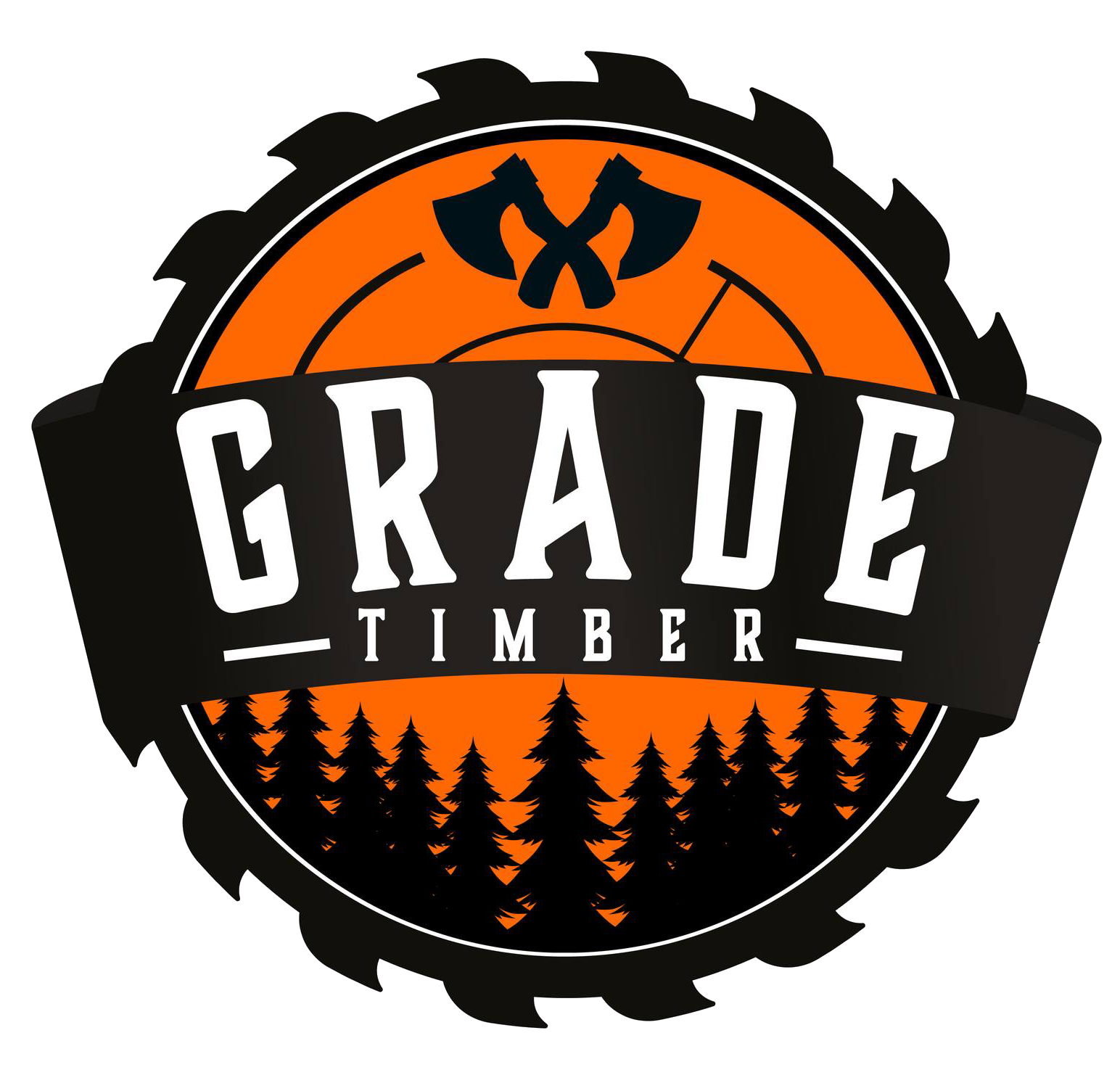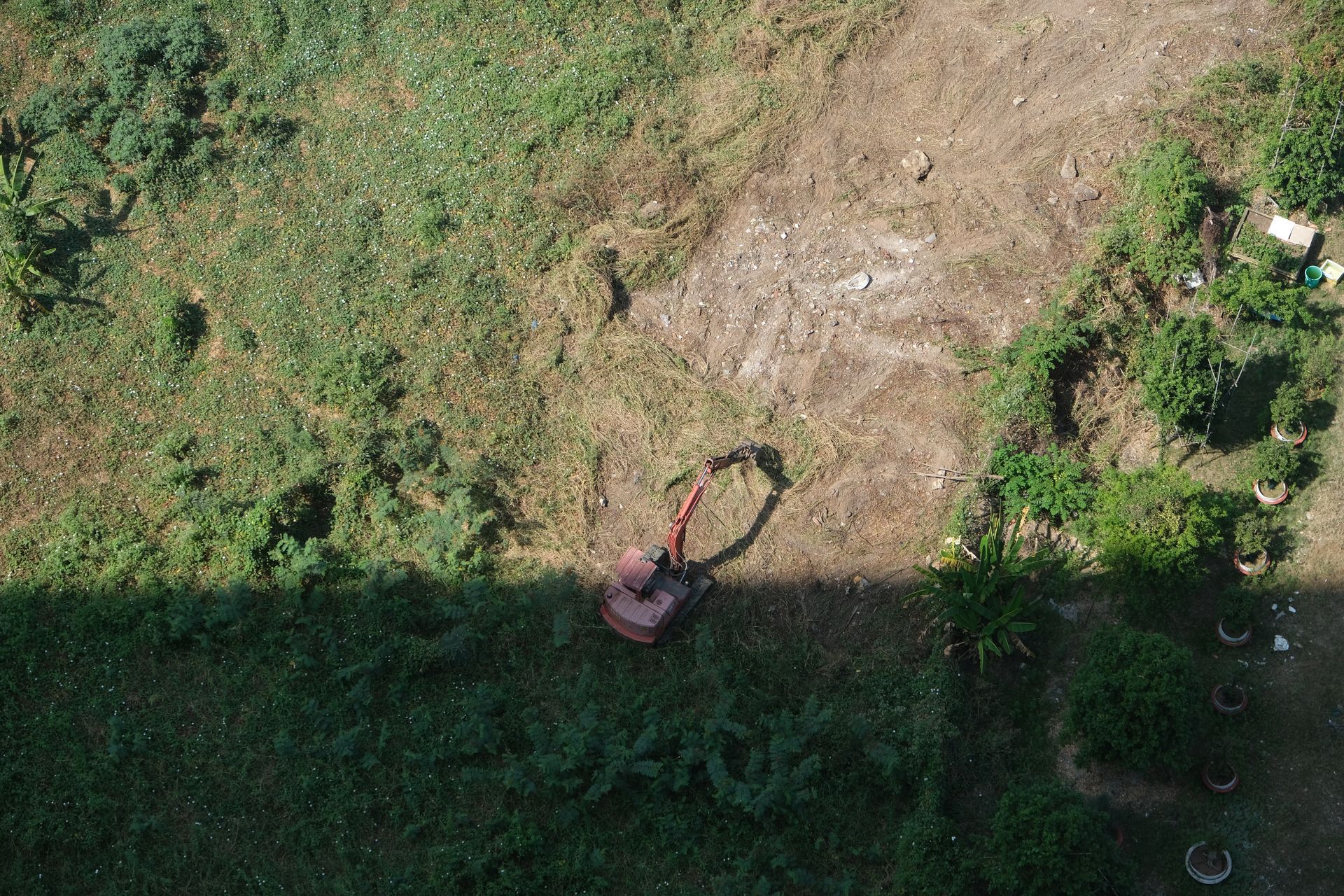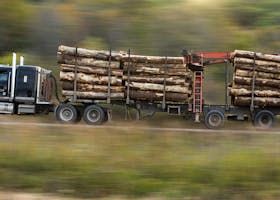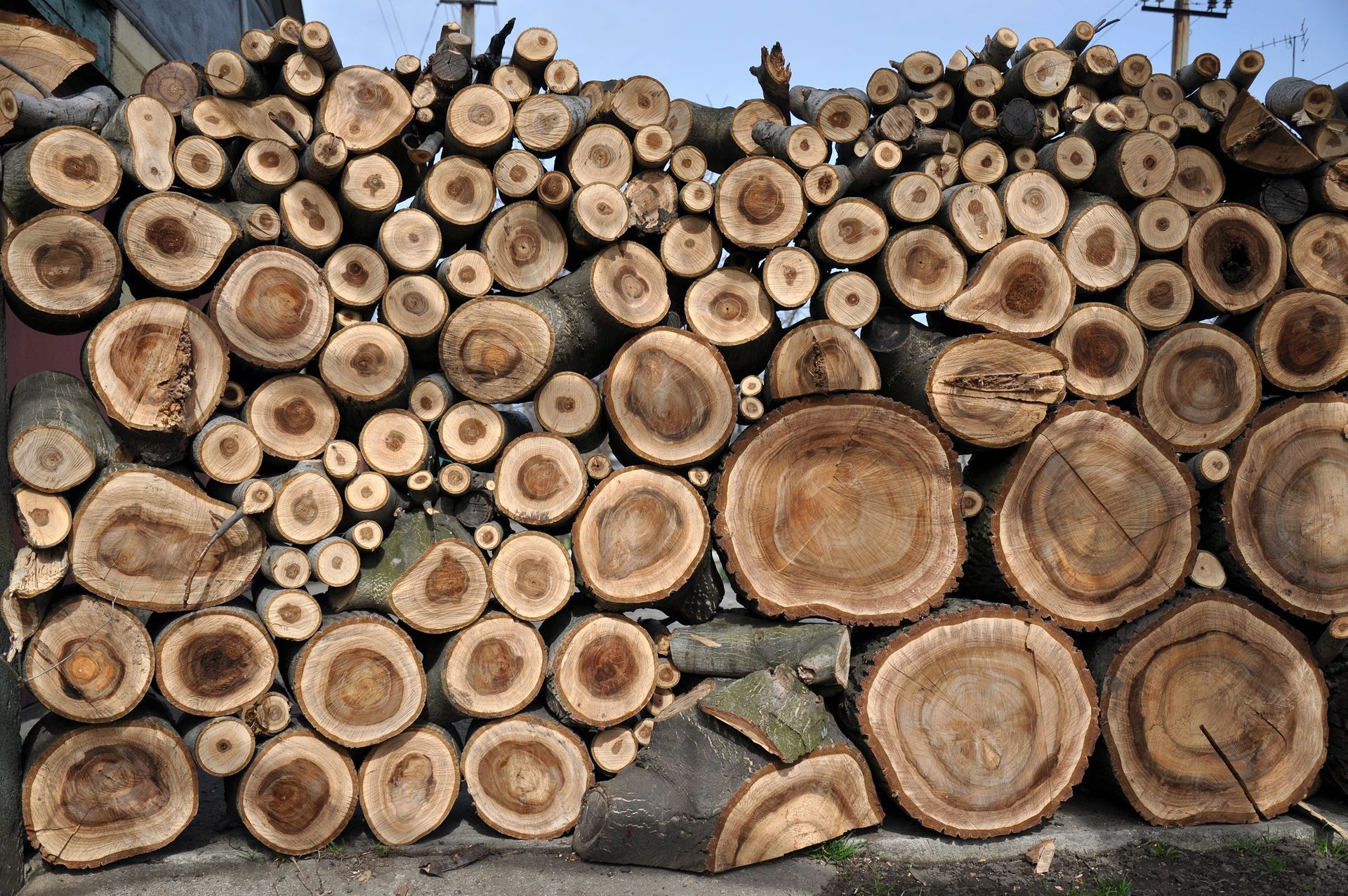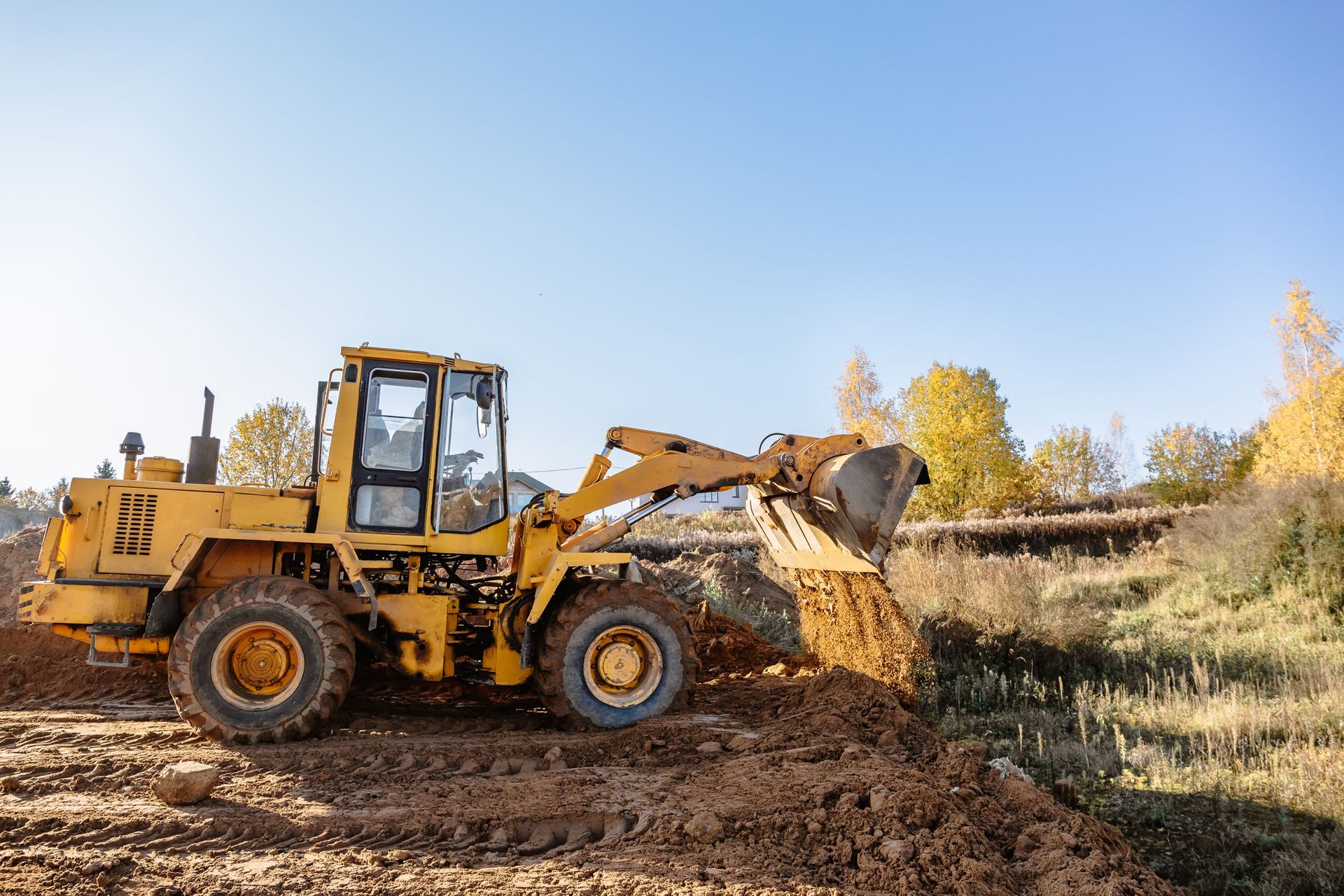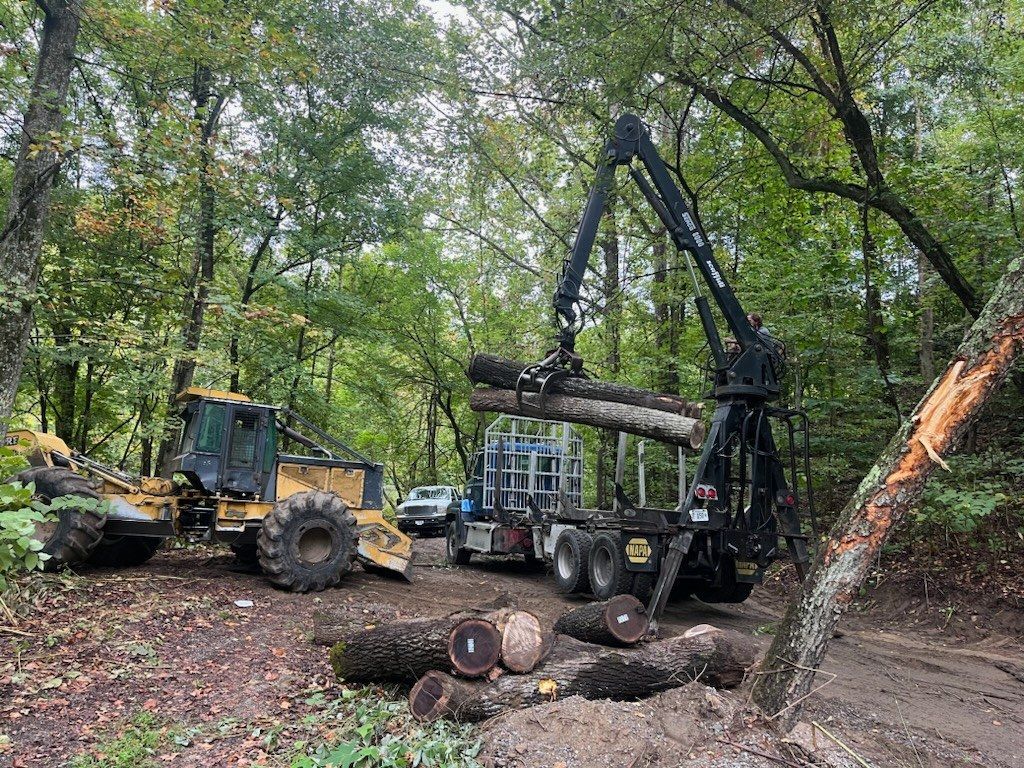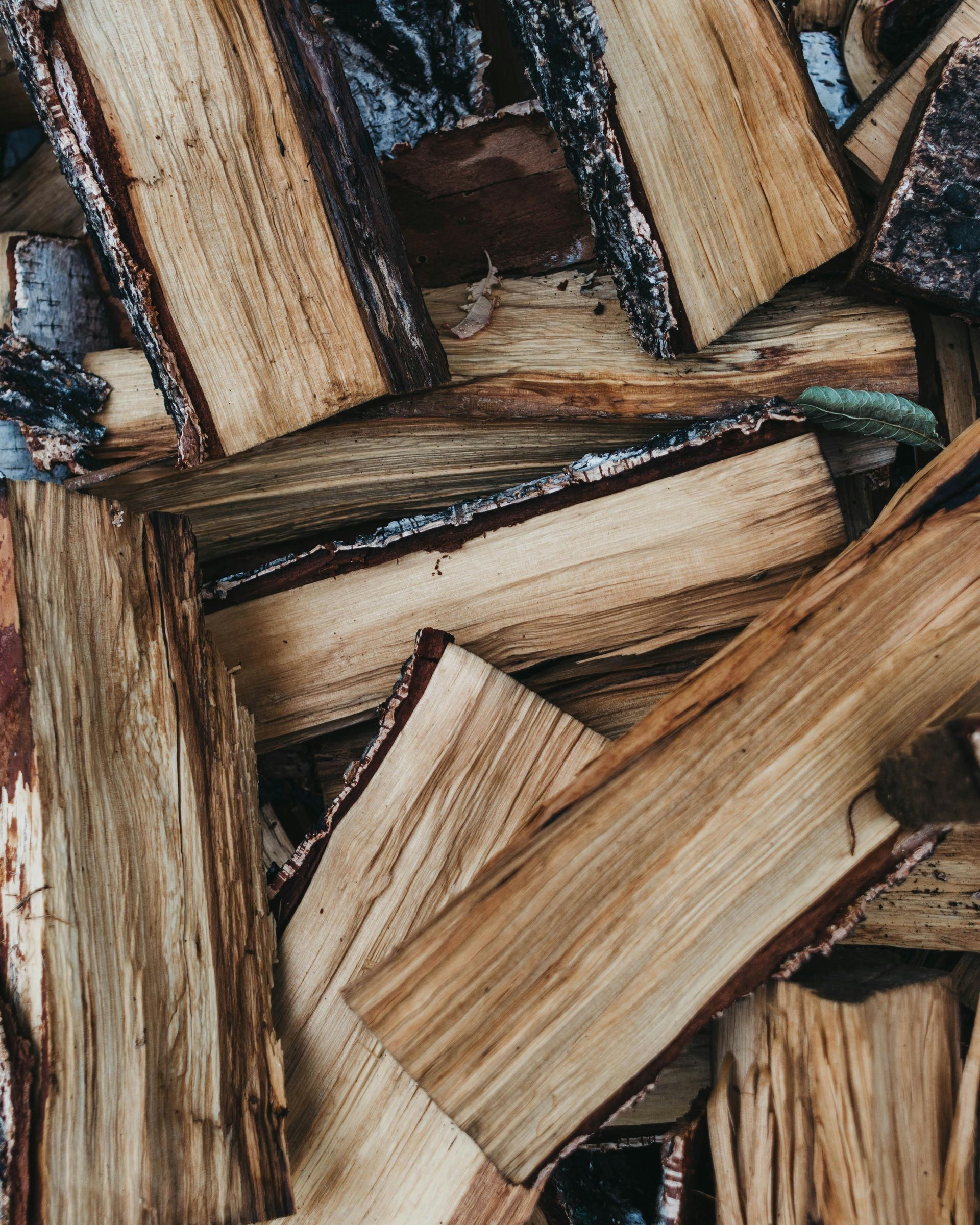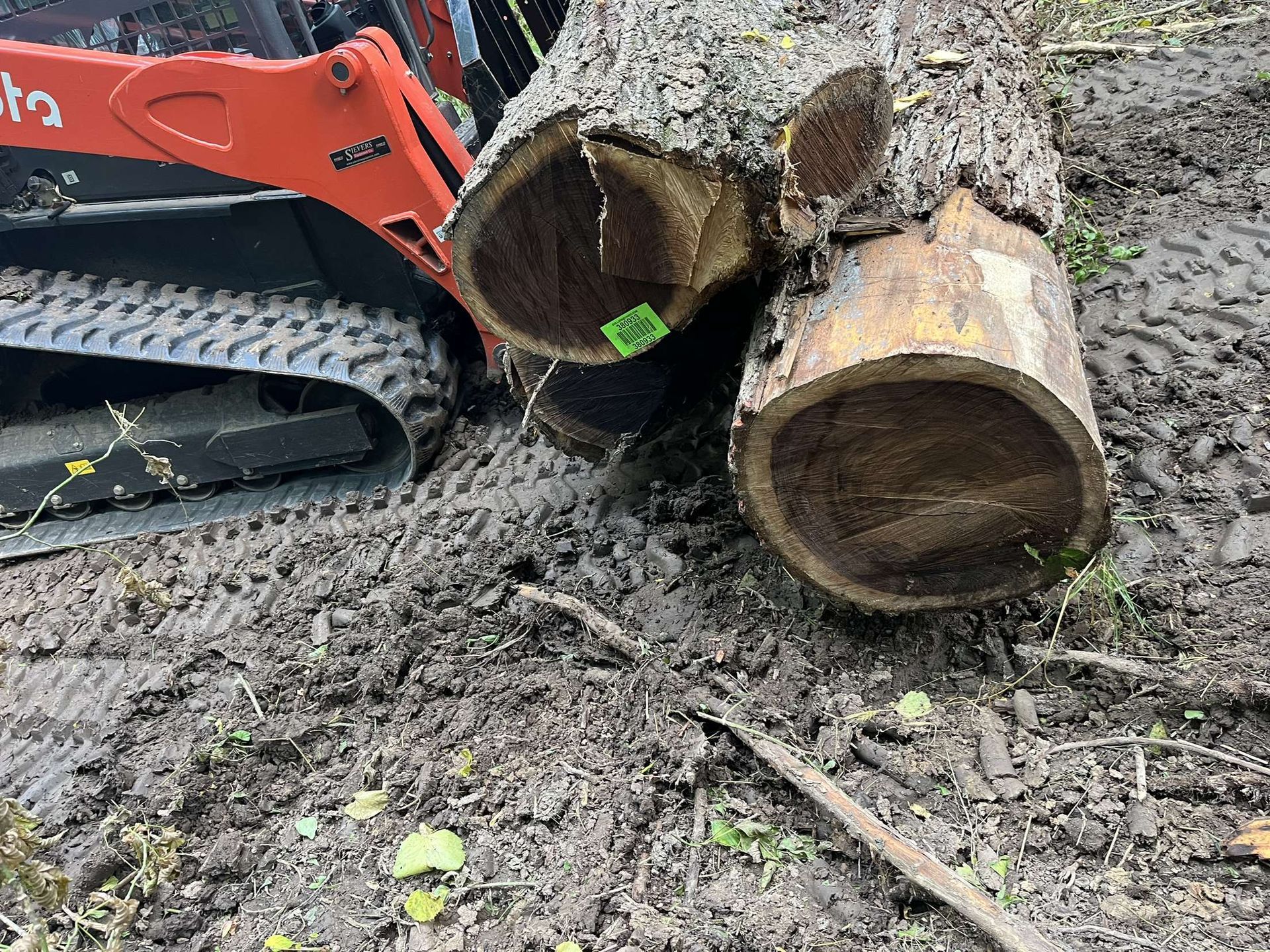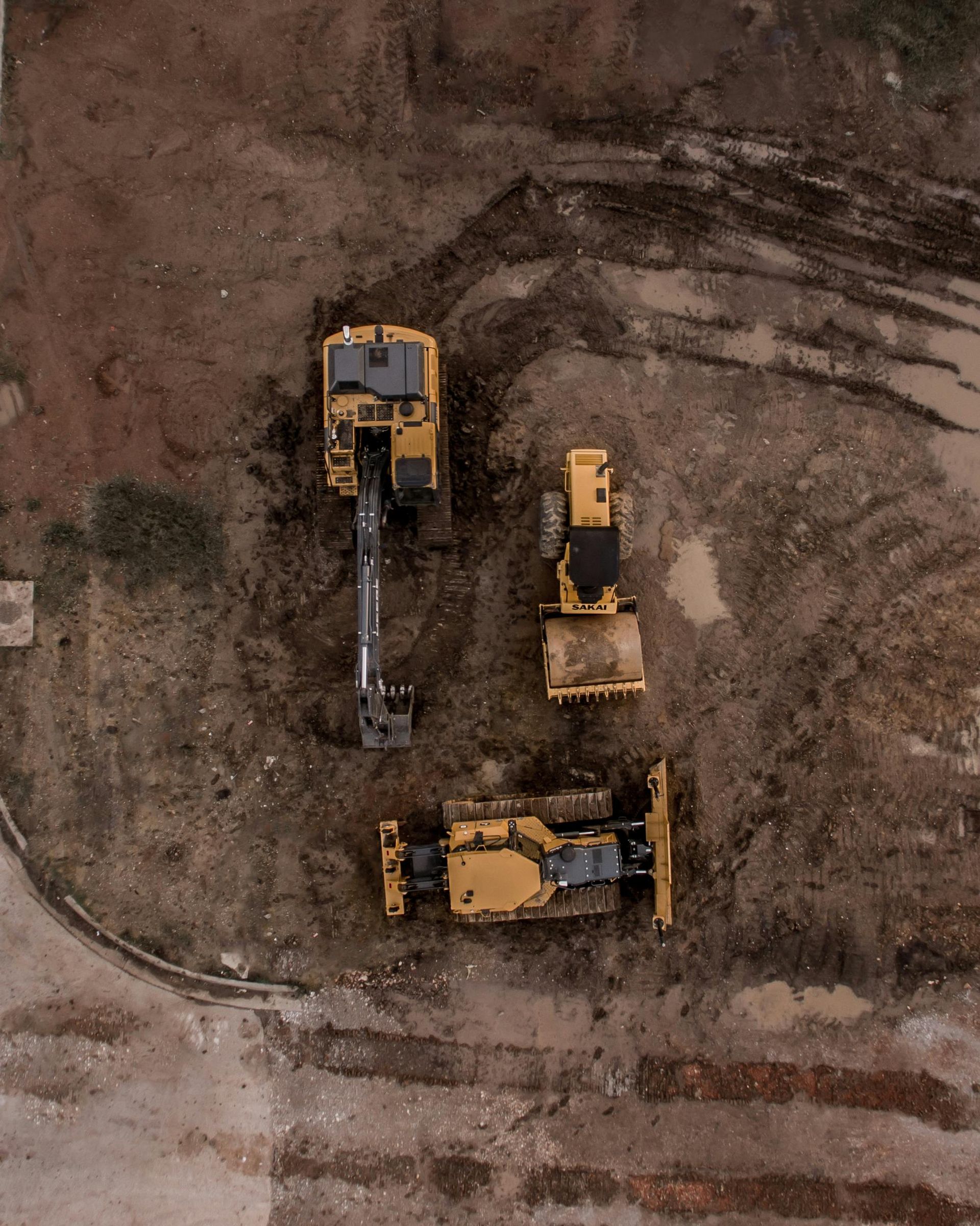What Alton Residents Should Know About Selective Harvesting
What Alton Residents Should Know About Selective Harvesting
Selective harvesting offers Alton landowners a way to generate income from their timber while maintaining forest health and aesthetics. This approach removes individual trees strategically, preserving the forest ecosystem while allowing continued timber growth and wildlife habitat.
How does selective harvesting differ from clear-cutting?
Unlike clear-cutting that removes all trees from an area, selective harvesting targets specific trees based on species, maturity, health, and forest management goals. This method maintains forest cover, protects soil and water quality, and allows the forest to continue functioning as a natural ecosystem.
Professional foresters identify which trees should be harvested to improve overall forest health. They consider factors like tree diameter, species value, market demand, and how removal will affect remaining trees. This creates ongoing income opportunities while preserving the forest's long-term productivity.
What are the benefits for forest health and landowner goals?
Selective harvesting improves forest health by removing diseased, damaged, or overcrowded trees that compete for sunlight and nutrients. This allows healthier trees to grow larger and more valuable while maintaining the forest canopy that protects soil and provides wildlife habitat.
For landowners, selective harvesting provides periodic income without sacrificing the forest's beauty or recreational value. It also creates opportunities for future harvests as remaining trees continue to grow, making it a sustainable approach to forest management over decades.
When is the right time to consider selective harvesting?
The best time for selective harvesting depends on tree maturity, market conditions, and your long-term goals for the property. Professional foresters can assess when trees have reached optimal size and quality for harvesting while ensuring the remaining forest remains healthy and productive.
Seasonal timing also matters. Most harvesting occurs during drier months when soil conditions allow equipment access without excessive compaction or erosion. Planning harvests during optimal market conditions can also significantly impact the income from your timber.
Alton's diverse forest resources and management opportunities
Alton's position along the Mississippi River creates diverse forest types, from bottomland hardwoods to upland oak-hickory forests. This variety provides multiple species options for selective harvesting, including valuable timber like walnut, white oak, and red oak that command premium prices.
The area's forest diversity also means different management strategies work for different sites. Steep bluffs may benefit from lighter harvesting to prevent erosion, while gentler slopes can support more intensive selective cuts. Local foresters understand these site-specific considerations and can tailor harvesting plans accordingly.
For professional selective harvesting services in Alton, contact Grade Timber's logging specialists at (309) 472-7867. Our Master Logger expertise in sustainable forestry practices ensures your selective harvesting project protects forest health while maximizing timber value. We also provide comprehensive timber buying services that ensure fair market pricing for your harvested trees throughout the Madison County area.
